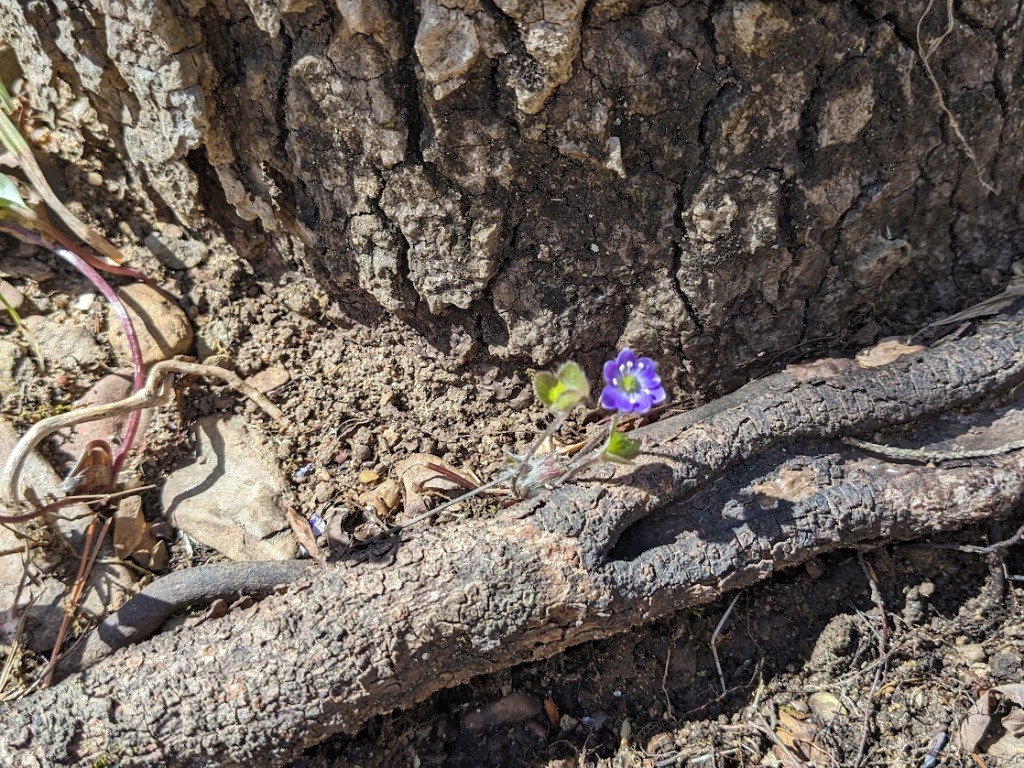No matter the weather when we get to Tierreich Farm, where I grew up in the Piedmont of North Carolina, we always go find the trout lilies.
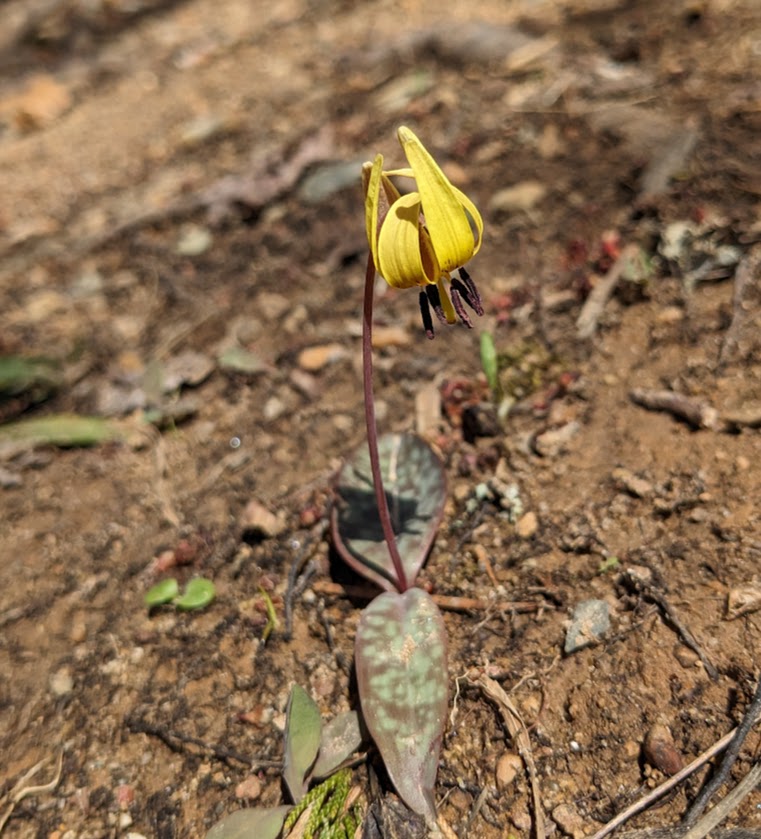
Warm as this year is, they were past their peak, though we still found plenty down at New Hope Creek. And, as with almost every constant-seeming aspect of our stay here, they got me musing on how much continues, 6 decades on…and how that background throws into relief anything new.
Constant: my folks’ ridiculous driveway, which never bothered me before I drove a 22-foot-long van.
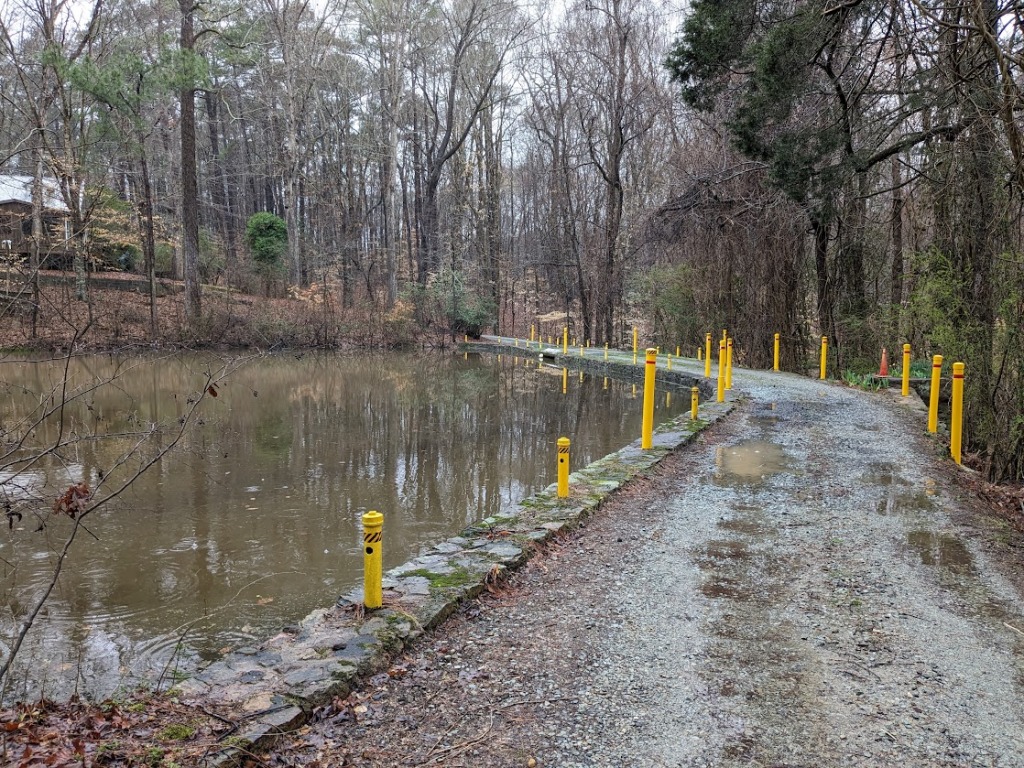
Don’t worry, Vanna. We’re parking you on this side and walking across. Because of…
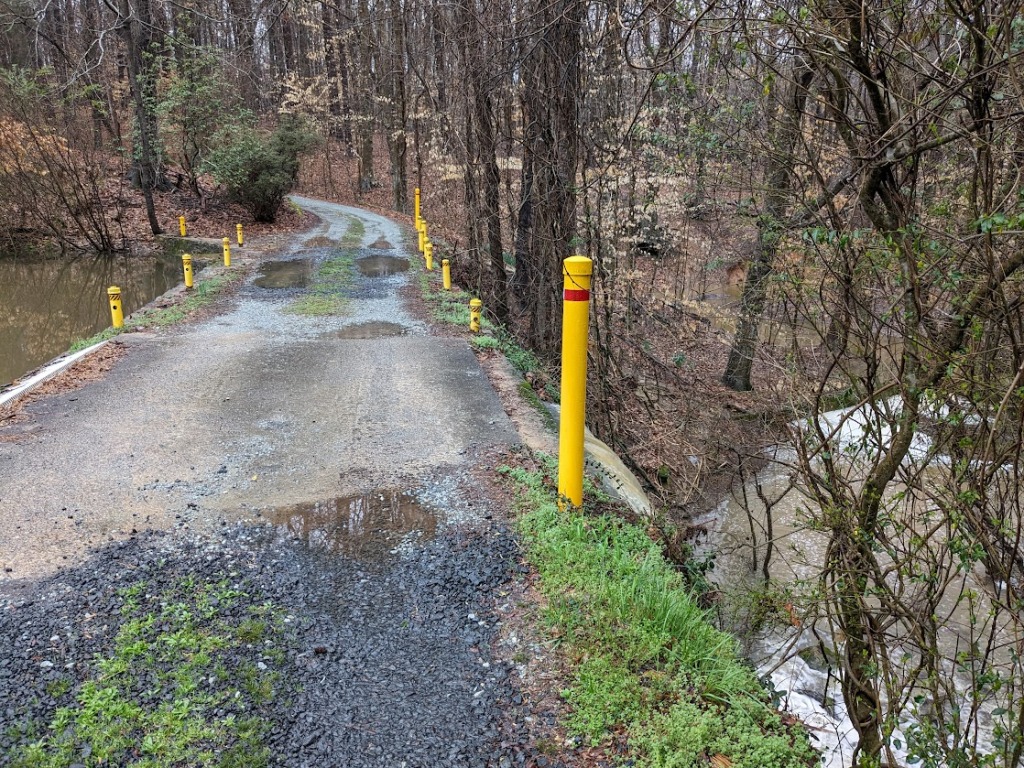
Constant: my 93-year-old dad’s enthusiastic curiosity about ALL new gadgets, including Vanna herself. New: these days he needs a golf cart to go see things.
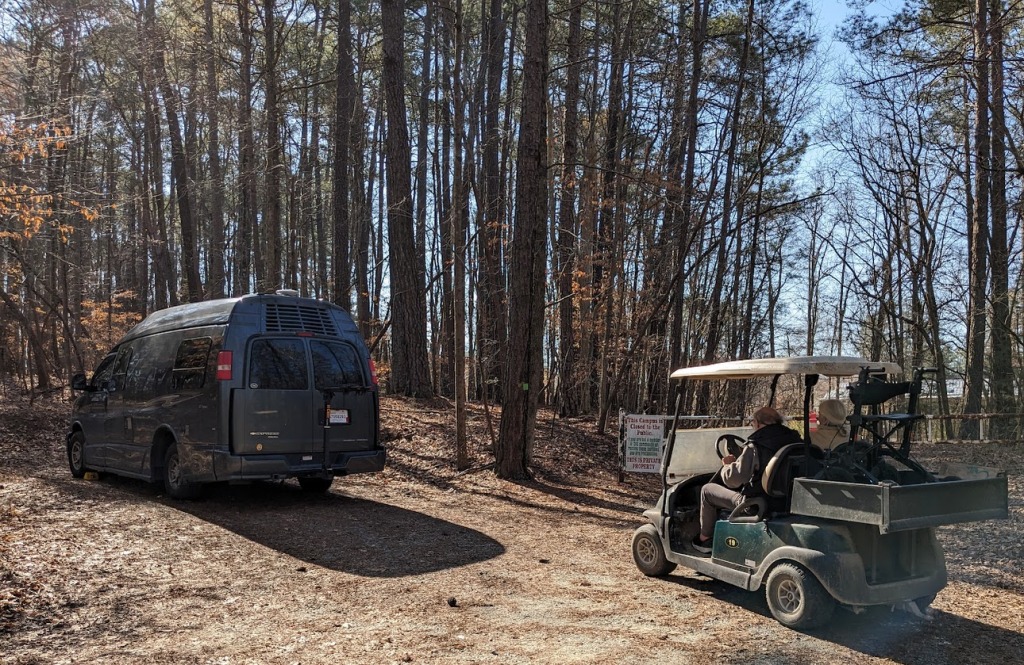
Actually, Dad’s a perfect combo of constancy and novelty. The fact that he had a stair-elevator installed in our basement stairs = a surprise. The fact that he really enjoys it = not at all a surprise.

Another example: he was one of the first I know to avail himself of the amazing technology in electric-assist tricycles (new). And he uses his just as he used to use his legs when he was marathon training: 20+ mile loop, with stop for a treat along the way.
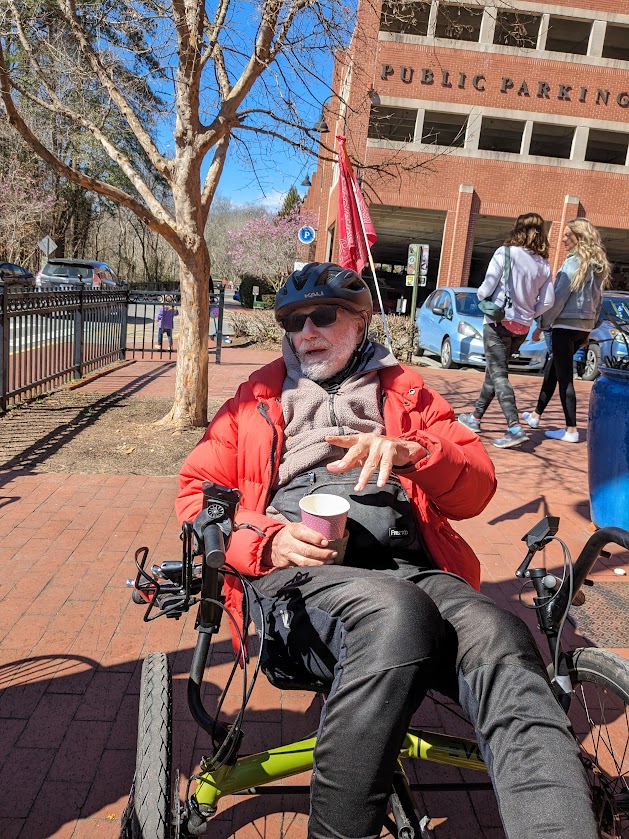
My 88 year-old mom’s constancy exhibits itself in her physical fitness, her dedication to the woodsy life, and, I have to say, her beauty.
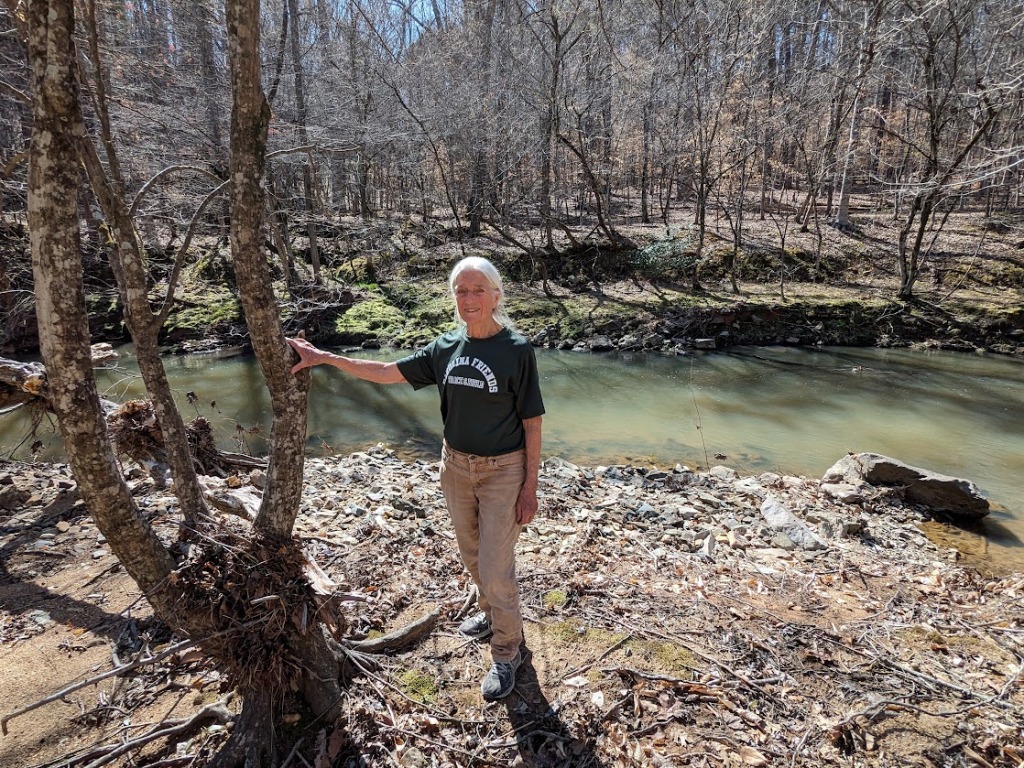
Speaking of Mom’s fitness: click here to read about last summer’s Master’s International track meet in Greensboro, NC.
These tiny bluets, also known as Quaker Ladies, always reminded me of Mom, for their simplicity and lack of ego. (Though “Women” would work better than “Ladies.”)
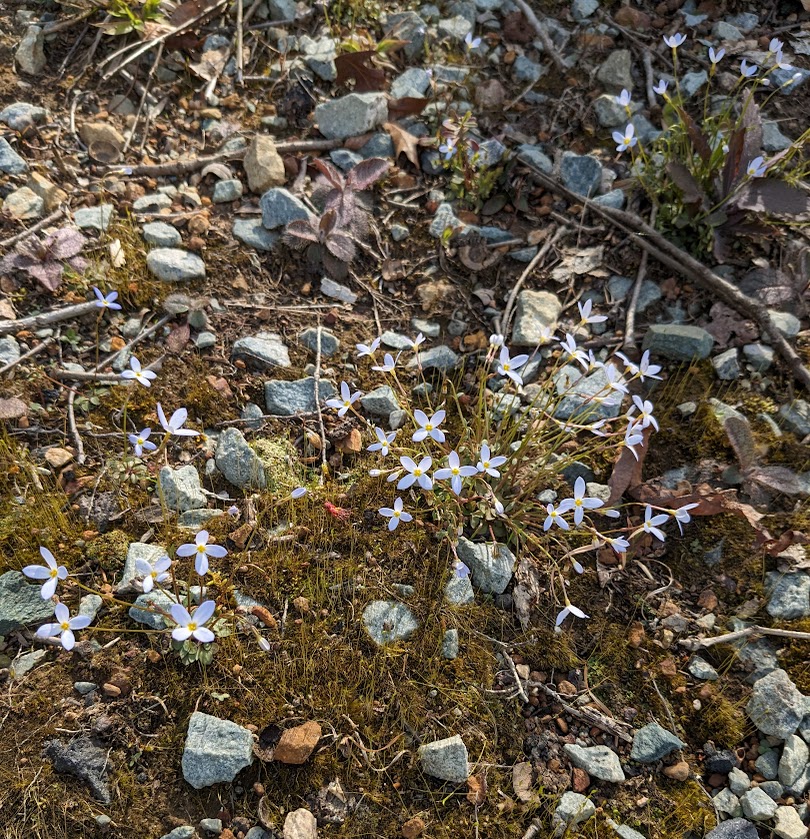
Speaking of Quakers, something new at the farm is this track, built into what used to be our back pasture. Slowly, my folks are donating the remainder of their land to Carolina Friends School; this track is just the latest piece of that evolution.
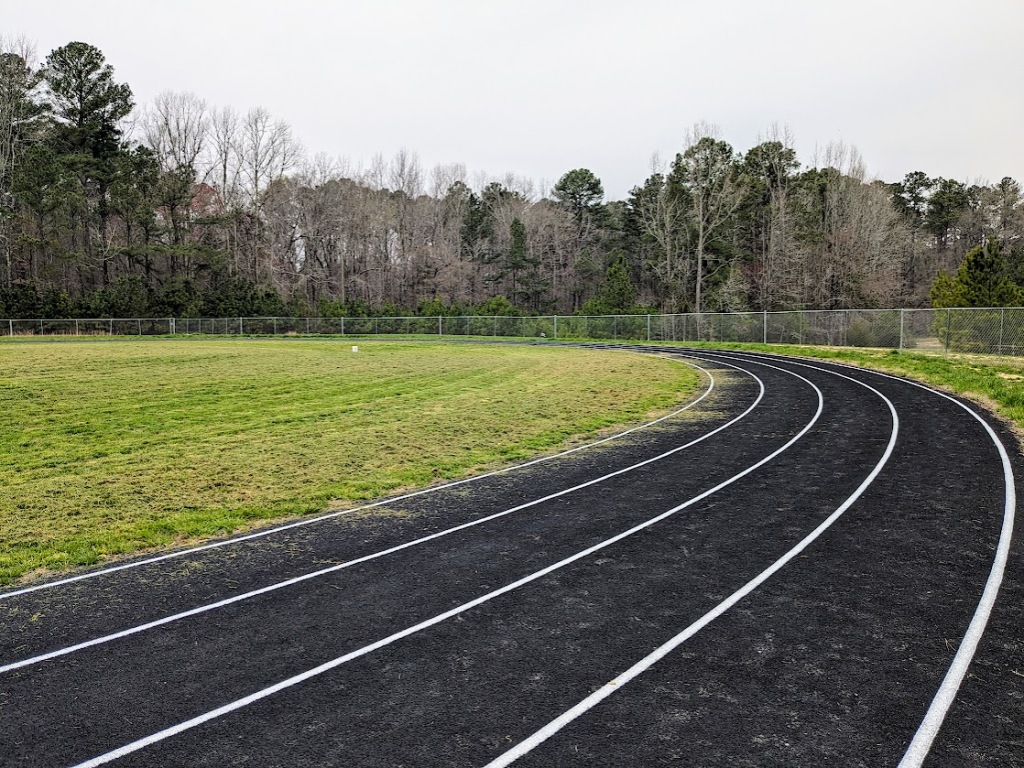
If you’d like to understand why this land is going to a Quaker school instead of to me and my sisters, click here for a little history.
But Stevie, World’s Cutest Ass, remains as constant (and cute) as ever–thank goodness!
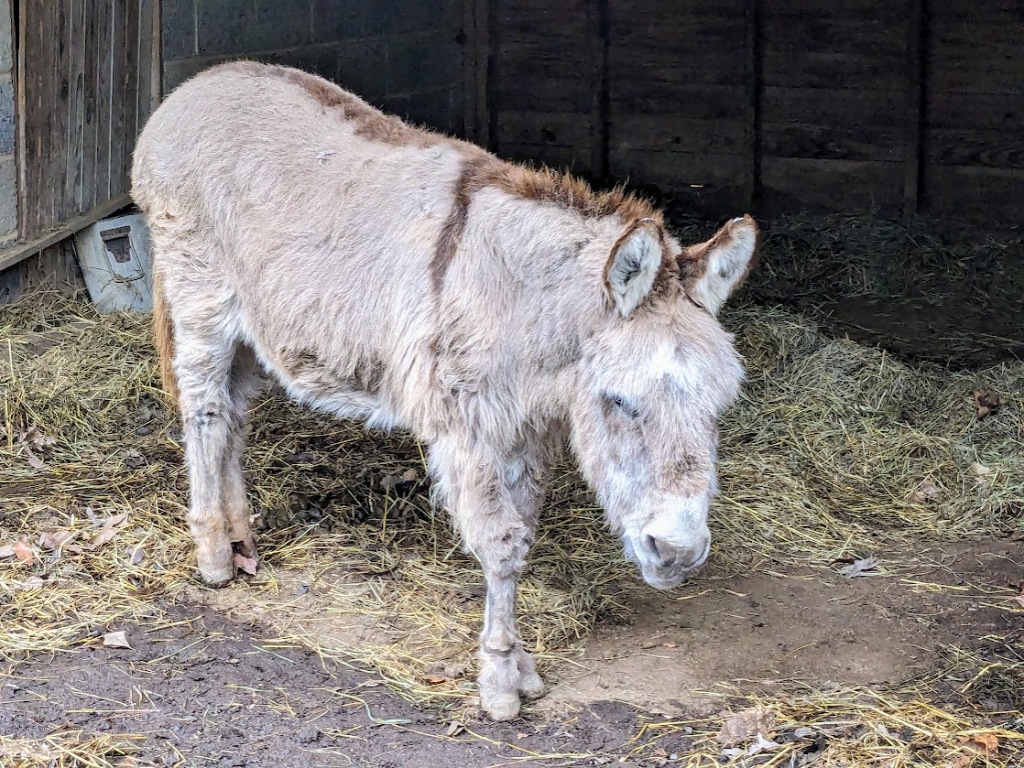
I adore the ability to know a stretch of woods so well, I can look up into a huge old oak and know that the thick-looking middle part used to be a hole…which, over the decades, I have seen grow in, and close up.

Off course, the most constant part of The Mate’s and my Road Trips is their raison d’etre: worshipping at the altar of watching Tarheel basketball with our fellow Tarheel fanatics. Again, for those of you new to Wing’s World, click here for a brief recap.
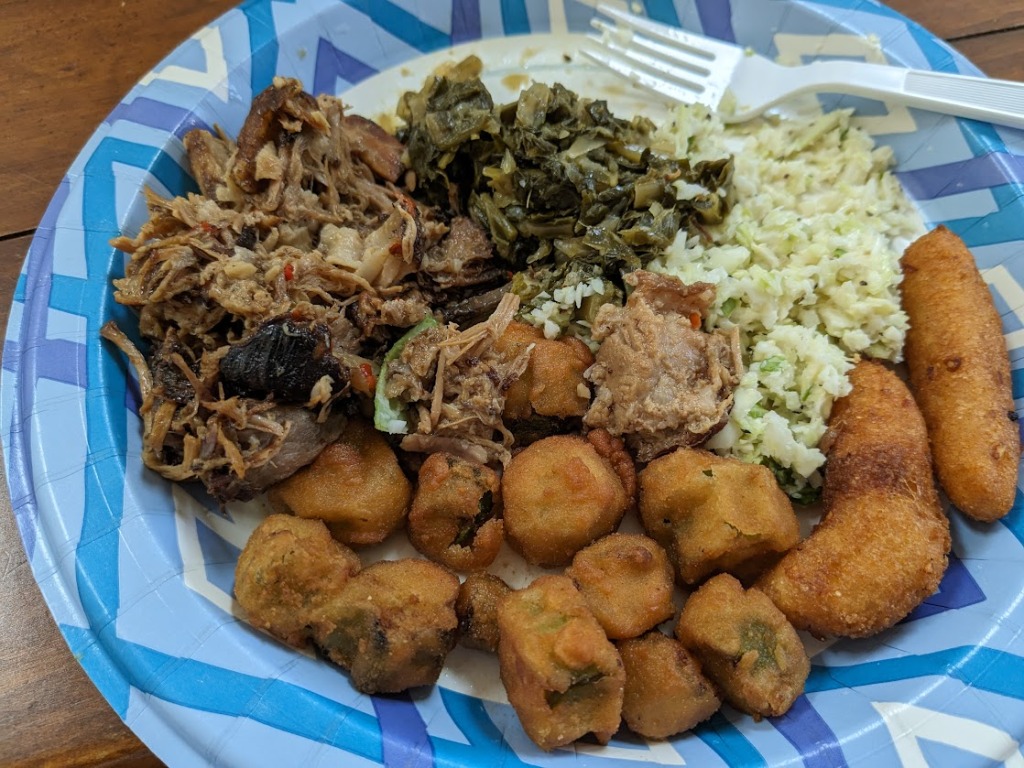
One new thing I noticed, in DURHAM, of all places–home of arch-enemy -rival Duke: this supermarket display, featuring Carolina’s AND Duke’s colors.

Another new thing, on the disturbing end of the scale: the heat here. 70-degree weather in March is quite common in this part of the state (as is snow and ice storms…click here on that topic). But 80 degrees? When the woods haven’t leafed out yet? That just feels WEIRD.
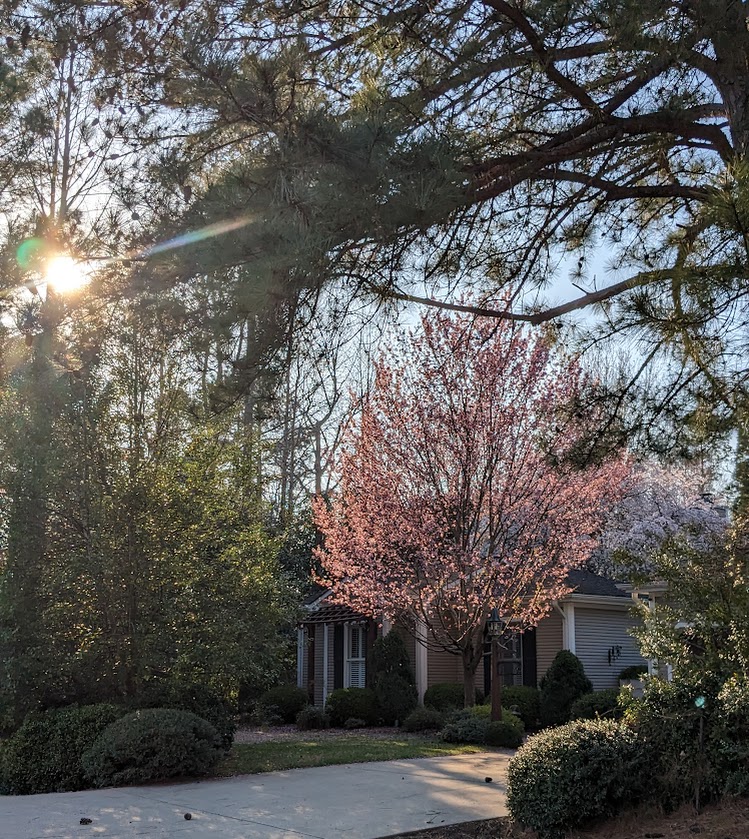
Unsettling as climate change is for all of us, I still take heart in this single tiny flower I met down at the creek. Not only is it persevering in the heat…it’s also just about the right shade of blue.
